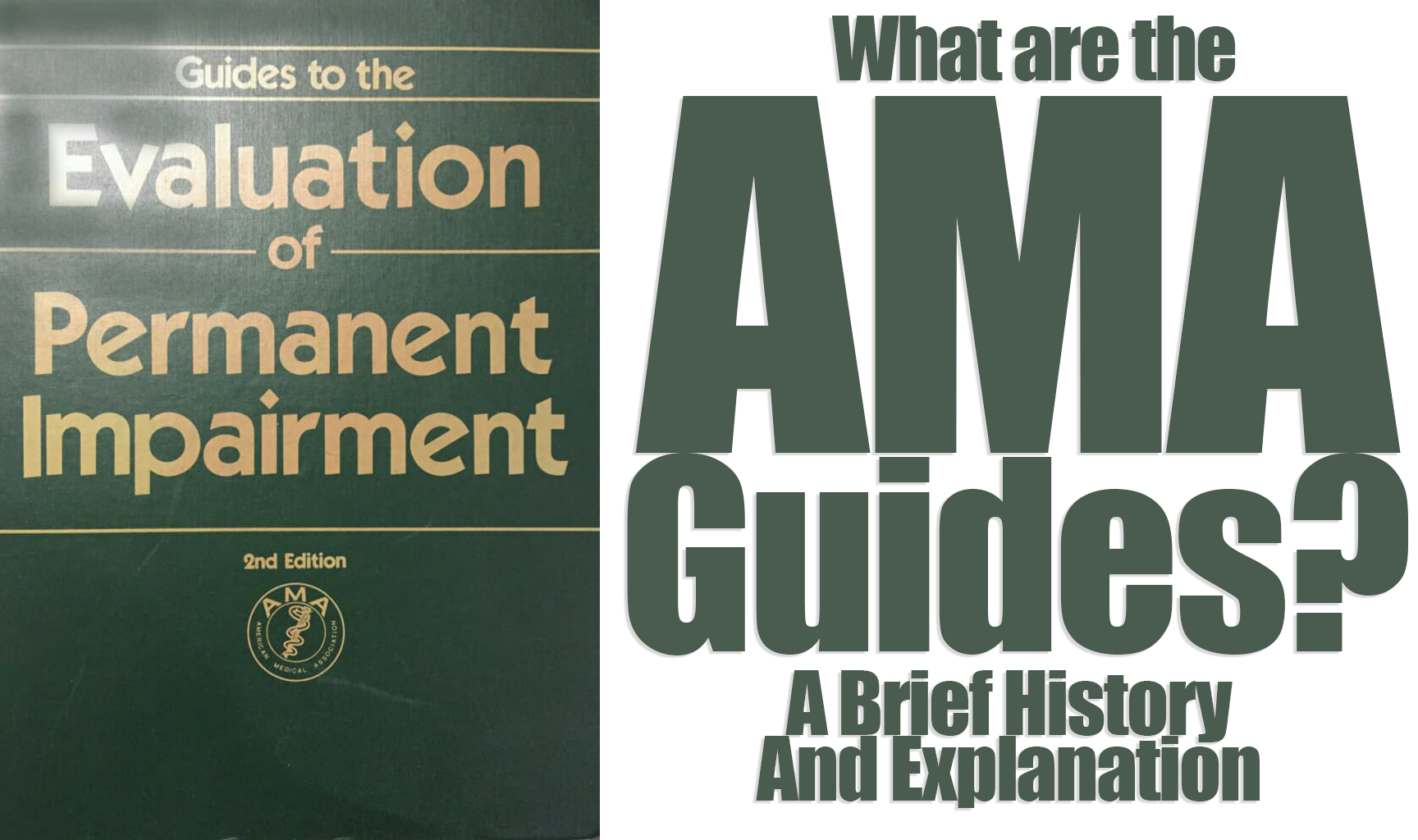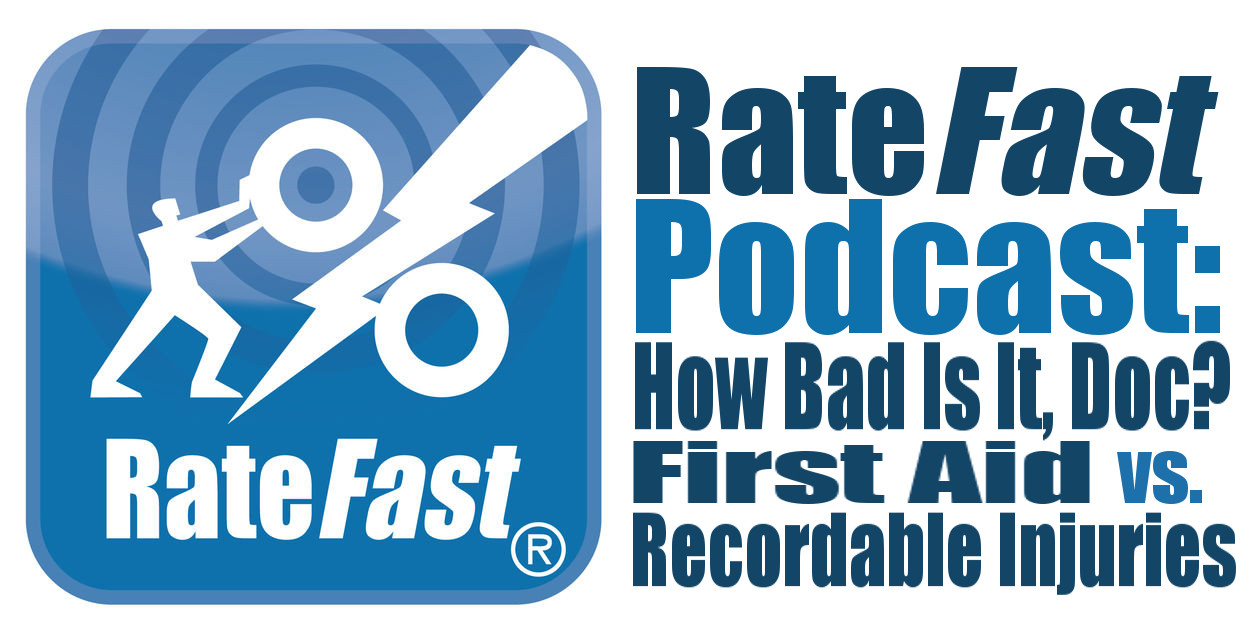This article is part of a series on the top reasons why insurance carriers object to a workers’ compensation report and return it to the medical practice unpaid. This article is intended for medical providers, administrative staff, office managers, as well as claims adjusters.
Welcome to the final in our series of posts about red flags in impairment reports, and how to ensure that your reports are not objected to by an insurance company. In our previous posts, we have covered incomplete history of symptoms, unchecked Activities of Daily Living (ADLs), accounting for prior injuries, incomplete examination, and complications with diagnostic tests.
In a perfect world, the long road of a workers’ compensation claim would end in a healthy patient with a 0% WPI, an fairly compensated primary treating physician, a satisfied claims adjuster, and no involvement with an attorney. But it’s rarely this simple.
Apportionment is an attempt to objectify something that cannot be measured with tools, which opens up the possibility for disagreement. As we’ve learned from our other blog posts in this series, disagreements between PTPs and the employers’ insurance can cause slowed claims, delayed treatment, and could result in the need for an attorney.
Continue reading Common Objections to Workers’ Comp Reports: Apportionment









